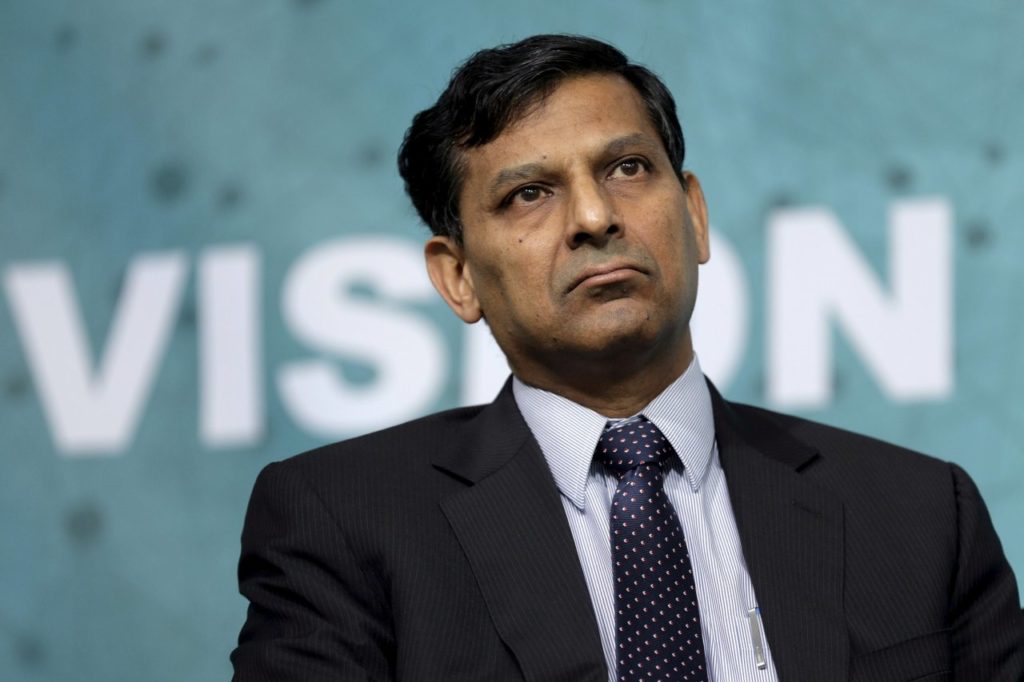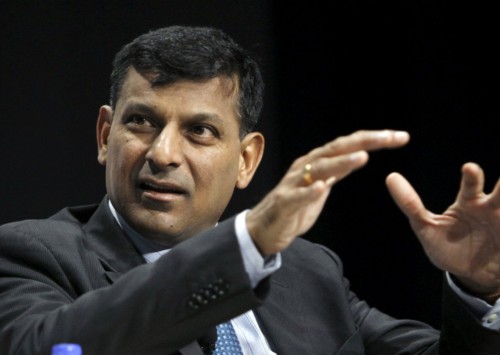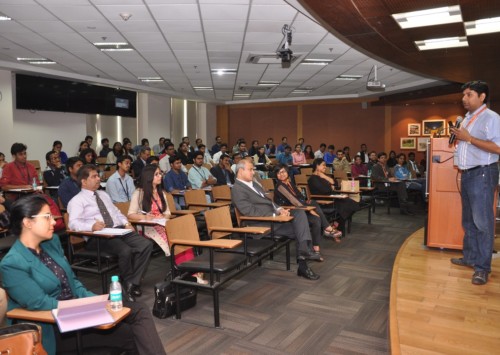Raghuram Rajan presents his last monetary policy

Did Raghuram Rajan purposefully avoid another term full of conflicts by being the outspoken academician?
Amidst the high expectations and a turbulent fiscal reaction in India in terms of rising inflation, Raghuram Rajan delivered his last monetary policy as the Governor of Reserve Bank of India (RBI). However, the government of India still manages to keep a secret clandestine about his successor undermining the position of a RBI chief, which is surely not a clerk’s job.
The former chief economist at the IMF (International Monetary Fund) is supposed to end his term in September this year and his final policy is expected to have very little changes, as far as rate cuts are concerned; sticking to basic guidelines and global state of affairs. Albeit the chaotic year Rajan has faced, expectations were high in the Indian market before the third bi-monthly monetary policy for 2016-17.
His approach to harness the inflation, as far as interest rates on fixed deposits are concerned, recently got vindicated by the government when the retail inflation target of 4% by March 2018 received a formal acceptance last week. However, Raghuram’s last paper also had a small note of advice for his successor and the new monetary policy committee (which is still ambiguous) about the services, goods and the current short term fund policies, in order to maintain macroeconomic stability as he sees it.
Rajan told Indian media his public speeches as RBI Governor were “perfectly legitimate” from a central bank head, even comments made outside monetary policy stricto sensu. He added he never had a word against the government.
End of the chaotic term
The three years in RBI for Rajan has been quite eventful to say the least. When he joined the Reserve bank, he was aptly hailed for being the blue-eyed boy for his previous associations with global bodies and academic credentials. However, things didn’t turn out quite well for him as the not-so-conducive political system in India along with some ill-informed debates kept him unnecessarily occupied for a while.
Rajan focused on commendable actions such as cleaning bad loans in the public banking sector, overhauling the monetary policy structure and initiating reforms in the banking structure but was often misread for being vocal about government policies and their targets. However, with the restructuring processes he initiated in RBI, he made it sure that his successor finds a better organization with good reforms already in place before he signs off on September 4, 2016.
In a recent speech celebrating the 10th Statistics Day Conference held in the Mumbai bureau of Reserve Bank of India, Dr. Raghuram Rajan said, “There is a belief in some quarters that the Reserve Bank has hurt economic growth by keeping interest rates and borrowing costs too high, that those high rates have reduced credit and spending but had little effect on inflation. Inflation has come down only because of good luck stemming from low energy prices.” Adding a word on RBI’s new found independence under his regime as it would sound, Rajan added, “The RBI has compounded the growth slowdown by urging banks to clean up their balance sheets. The RBI, of course, stands by its policies. Nevertheless, this debate is very important because it could shape policy directions in India over the medium term.”
Sceptical foreign markets
While the country was poised to hear out the last policy from Rajan, there was much interest about his replacement as well. Ideally, the government should have selected his successor and offered at least a smoother transition phase by letting them work together for a while. That would have also ensured certain level of confidence to markets, especially the international ones. Denying the continuity of a crucial position such as the RBI governor sends a bad signal to the markets considering future investment in Indian economy and the check on essential inflation targets that Rajan was a strong advocate of.
Needless to mention, how crucial the final policy review by Rajan was, the final monetary policy was also pivotal for the unknown successor to understand how he can build on the positives and bridge the gap created between the financial intentions of the government and the much acclaimed economic professor.













